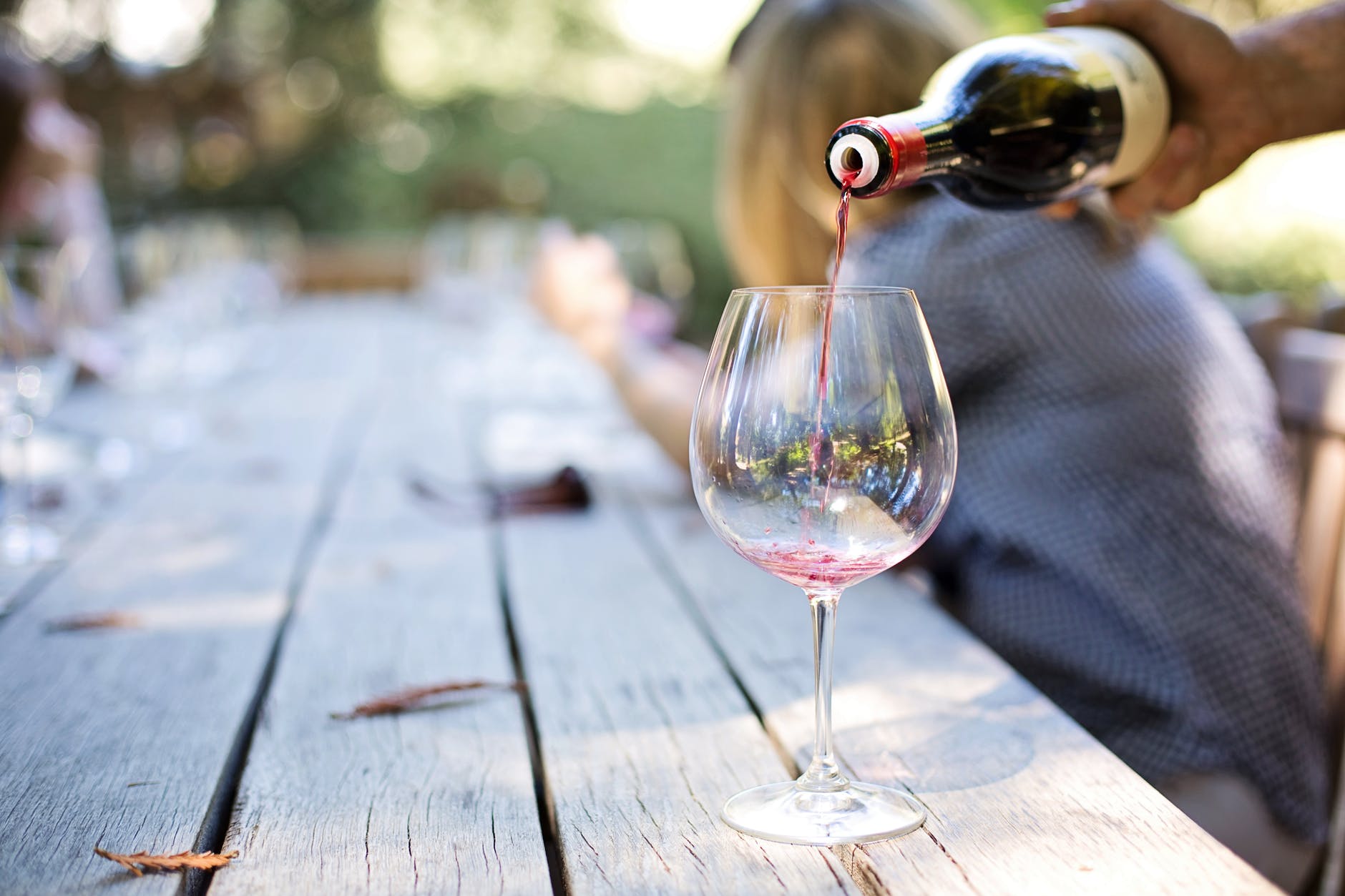Whenever it comes to wine, no one wants to take a chance on it. It doesn’t matter if its going to be served at a dinner party or is going to sipped late at night after a long day, it has to be perfect! That’s why another alternative could be finding the best wine subscriptions every month to make sure you don’t take a chance on wine. But here’s the other side of the story- not most people know the proper way of storing or cooling it. In addition to specific mannerisms and know how, if you want your wine to taste absolutely brilliant, then you must know the temperature recommendations for different wine.
When a wine bottle sits in the perfect temperature, the flavor blossom even more and it stays fresh. On the other hand, a wine that sits on your counter top is sure to leave a bad taste in your mouth. Therefore, in order to save yourself from the horrors of bad tasting wines, here is a quick discussion on how you should store and cool your wine for the best experience:
Wine Coolers vs Refrigerator vs Freezer – Which Option is Best for Storing Wine?
No wine can taste great without proper storage. And when we talk about storage, we mean cooling and preserving the wine. There is only a certain degree to which a wine should be cooled down to. If you do not respect the distinct temperature ranges of different wines, then you are just spoiling them by popping them into the fridges or by placing them on your shelves. Here is how and why you should use the known means of storage:
Wine Refrigerators/Coolers
For a great tasting wine, that won’t dry off in sometime, a dedicated wine cooler or refrigerator can serve to be the best option. It maintains the 53-57 degree temperature range perfectly, does not drive the humidity out and can accommodate many bottles for a long period of time. You can learn more about wine coolers and find a variety of sizes and collections easily at www.lemadeleine.com.
The Freezer
In case you have to address a gathering in a short amount of time, only then pop your wine bottles in the freezers. A freezer drops 6-8 degrees every fifteen minutes, which is way too much for the wine. And this is the reason why most bottles break and explode in the freezer.
The Fridges
Fridges, unlike freezers, do not cool down the wine drastically and therefore are often considered as a safer option. But on a longer run, fridges actually kill off all the flavor, and provide a rather dry environment to the wine, which then turns it bland. In fact, the 40 degree default temperature of fridges is actually too much cold for some wines.
Serving Temperature ranges for Different Wines
Now that the storage has been discussed, let’s talk about the serving temperature ranges. This refers to the temperature that will bring out a wine’s true nature- its fruit, acid, and tannins. This does not involve checking in with a thermometer every now and then, but usually involves how the temperature at which the wine will taste best and should be served
Red Wine
There is a misconception regarding red wines that they need to be served at room temperature. Yes, warmer temperatures make red wine taste more intense and savory, but it needs not to be warm. If it’s served at a temperature where it’s slightly cooler than room temperature, only then a drinker can fully appreciate its pack of flavors. The lighter the red, the cooler it should be, but it should never be exactly ice cold.
White Wine
Since white wines are much more delicate than the red ones, therefore you can drop a few degrees out of their serving temperature. The whiter the wine, the more degrees you can drop. This means that if a bottle of Chardonnay and a bottle of Sparkling Wine are chilled to a very low temperature, the Sparkling Wine would taste more exotic. The whiter the wine, the colder it should be.
And lastly, an effective technique of maintaining the right temperature- to keep those wine beverages cold as you sip and enjoy, you should consider putting the bottles in ice buckets or in ice water, rather than directly adding ice. The blunt ice tampers with the taste and consistency.




